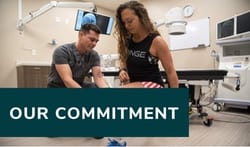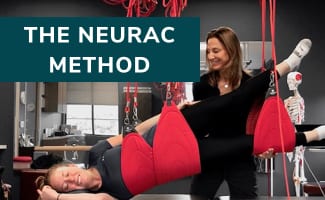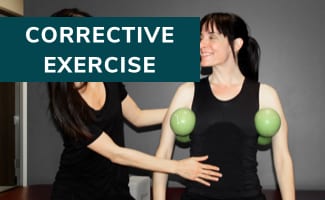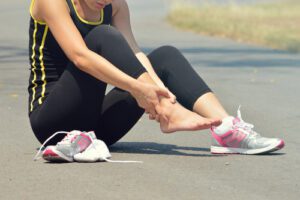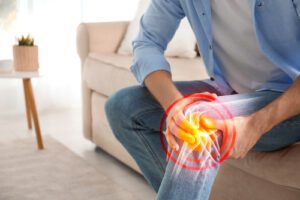
As the weather turns warm, the sun makes its entry back onto the stage of our lives, ready to be our guide to a wide variety of outdoor adventures. Still, we need to talk frankly about the lurking elephant in the room of outdoor fun: skin damage caused by too much sun, long term negative effects and the potential for skin cancer.
Outdoor activities are a vital, healthy part of life and pursuit of the enjoyment of the outdoors and nature is to be encouraged. Still, a careful and balanced approach should be kept in mind. Much research has been done into the harmful effects suspected by so-called FREE RADICALS, and suspicions are that these environmental mischief makers have a hand in skin and other cancers.
One thing is clear to everyone who has ever been in the sun – too much unprotected time exposed to UV radiation can cause sunburn, dry skin and damage of the skin. We know that UV radiation contributes up to 80 percent of skin damage to humans. Over time this damage can be a precursor to all forms of skin cancer.
Let’s talk about the high cost of free radicals. WHAT ARE FREE RADICALS? A free radical is a fragment of a molecule. They are important for living organisms, but they become a problem when there are excessive quantities or concentrations in the body, in our cells. That imbalance between free radicals and our antioxidant defenses is called oxidative stress. Severe oxidative distress can cause cell damage and death.
How do we have fun in the sun while protecting ourselves from too much of a good thing? Excessive UV radiation and too many free radicals are very bad for us. The good news is we have several tools to use in protecting ourselves.
The best daily defense is sunscreen. It is very effective when used appropriately. How does it work? Most sunscreen products work by reflecting or scattering sunlight and contain chemicals protecting the skin from UV rays. Sunscreen should be applied liberally with as much as a golf ball sized application used each time you put it on. It should be applied every couple of hours to all exposed areas of the skin, and it should be applied often! As contrary to old ways of thinking, the chemicals in sunscreen begin breaking down in only 2 or 3 hours. Additionally, wearing wide brimmed hats may provide additional protection for faces.
Our body also protects itself against UV rays damage by the use of antioxidants. Antioxidants are our bodies’ own natural defense against free radicals. They are natural vitamins found in the body such as vitamin C, E, Glutathione and others. Eating a healthy and well balanced diet is helpful for protecting our skin. There is also some new research lending itself to protecting our skin by application of topical antioxidants.
Finally, hydrate hydrate hydrate! In order for the skin to protect our bodies from UV radiation, microorganisms and toxic agents, it must be kept adequately hydrated. Hydrated skin will remain flexible and allow our protective barrier to remain intact.
If you plan to be out in the heat and sun for any extended period, carry a reusable water bottle. The best part is there are so many designs, colors, and patterns to choose from, making it easy to find one that fits your style. Your face and head are closest to sun exposure and are the first to feel the brunt of a stifling hot day. Carrying around a facial mist or hydrator spray in your bag is a great idea to stay hydrated and keep your skin from becoming irritated. These sprays have a water base with nutrient-packed additives like rose water, coconut water, or hyaluronic acid to help calm skin and immediately boost hydration.
Be safe, be smart. Love and protect the skin you’re in.

